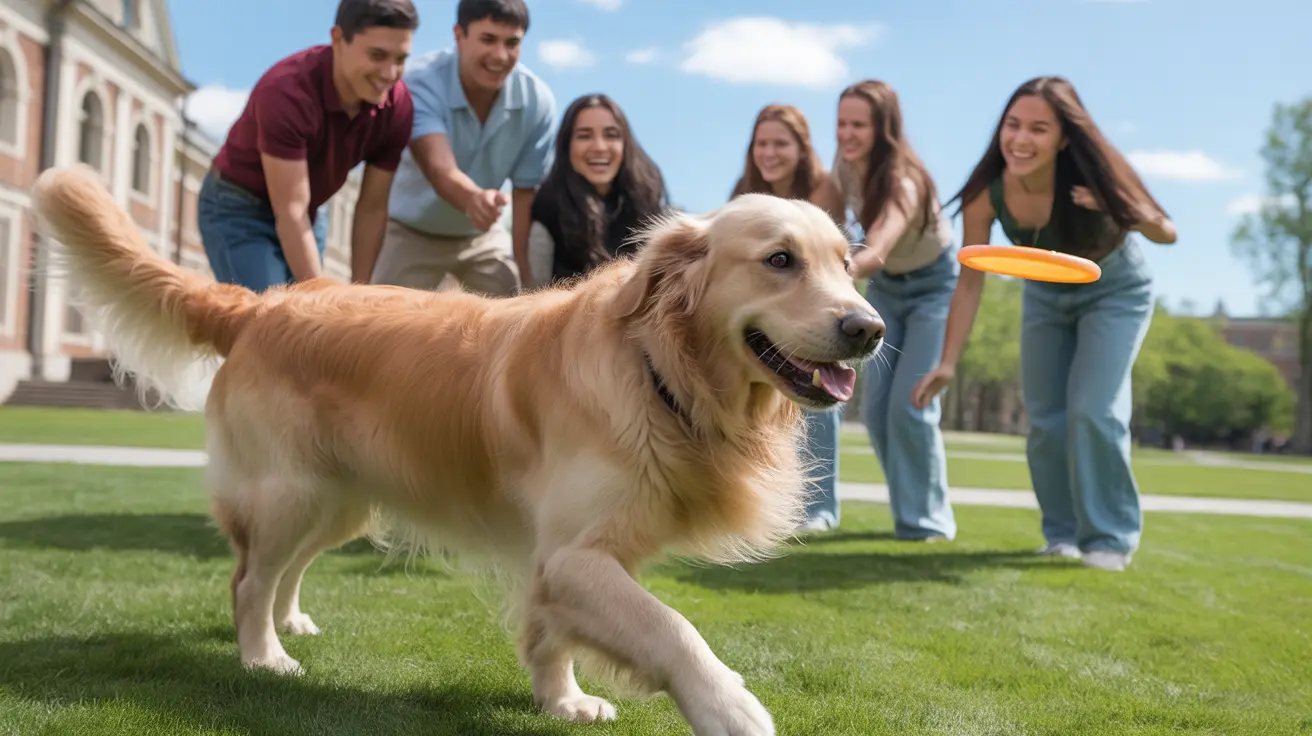Dogs have long been known as humanity's most loyal companions, but their emotional capabilities go far beyond simple companionship. These incredible animals possess a remarkable ability to sense and respond to human emotions, particularly when their owners are experiencing sadness or distress.
Scientific research and countless personal experiences reveal that dogs are not just pets, but empathetic beings with an extraordinary capacity to understand and connect with human feelings. Their sophisticated emotional intelligence allows them to detect subtle changes in our mood through multiple sensory channels.
How Dogs Detect Human Emotions
Visual Cues and Body Language
Dogs are masters at reading body language. They carefully observe human postures, facial expressions, and subtle physical changes that indicate emotional states. A slumped shoulder, downcast eyes, or reduced movement can immediately signal to a dog that something is wrong.
Their ability to interpret visual cues is so advanced that they can often understand human emotions before we fully express them verbally. This keen observational skill helps them provide immediate emotional support when their owners are feeling low.
Auditory Perception of Emotions
A dog's hearing is remarkably sensitive, allowing them to detect nuanced changes in vocal tone and pitch. When someone is sad, their voice typically becomes softer, slower, and less energetic. Dogs can pick up on these subtle acoustic variations, which trigger their empathetic response.
Research suggests that dogs can distinguish between different emotional states simply by listening to human vocal inflections, demonstrating an impressive auditory emotional intelligence.
Olfactory Emotional Detection
Perhaps most fascinating is dogs' ability to detect emotions through smell. Humans release different hormones and chemical compounds when experiencing various emotional states. Stress, sadness, and anxiety produce unique biochemical signatures that dogs can detect through their extraordinarily powerful sense of smell.
When we're sad, our bodies release specific stress hormones like cortisol, which dogs can sense even before we show outward signs of emotional distress. This biological detection mechanism enables them to offer comfort proactively.
Why Dogs Comfort Their Sad Owners
When dogs sense their owner is sad, they often respond with behaviors designed to provide comfort. These may include gentle nuzzling, sitting close, offering a paw, or simply maintaining physical contact. This isn't just coincidental behavior but a genuine attempt to provide emotional support.
Evolutionary biologists believe this empathetic response developed through thousands of years of human-canine coexistence. Dogs that could effectively read and respond to human emotions were more likely to be cared for and survive, making emotional intelligence a crucial survival trait.
The Science Behind Canine Emotional Intelligence
Neurological studies have shown that dogs' brains process emotional information similarly to human brains. Their capacity for emotional understanding is comparable to that of a 2-3 year old human child, allowing them to experience complex emotional responses.
This emotional mirroring means dogs don't just recognize emotions—they can actually feel and be affected by their owner's emotional state, creating a deep, intuitive connection.
Frequently Asked Questions
How do dogs recognize when their owners are sad?
Dogs recognize sadness through a combination of visual, auditory, and olfactory cues, including changes in body language, vocal tone, and hormonal scents.
Can dogs sense human emotions through smell and body language?
Yes, dogs can detect human emotions through both smell and body language. Their powerful sense of smell allows them to detect hormonal changes, while their keen observation skills help them interpret physical and facial cues.
Why do dogs often try to comfort their owners when they feel sad?
Dogs comfort their owners due to their evolutionary history of companionship and their innate empathy. They view their humans as part of their pack and instinctively try to provide emotional support.
How do dogs use tone of voice to understand human feelings?
Dogs are sensitive to vocal variations in pitch, speed, and volume. Different emotional states produce distinct vocal characteristics that dogs can interpret and understand.
Are dogs' emotional understanding abilities similar to those of a young child?
Research suggests that dogs' emotional intelligence is comparable to that of a 2-3 year old human child, allowing them to recognize and respond to complex emotional states.






